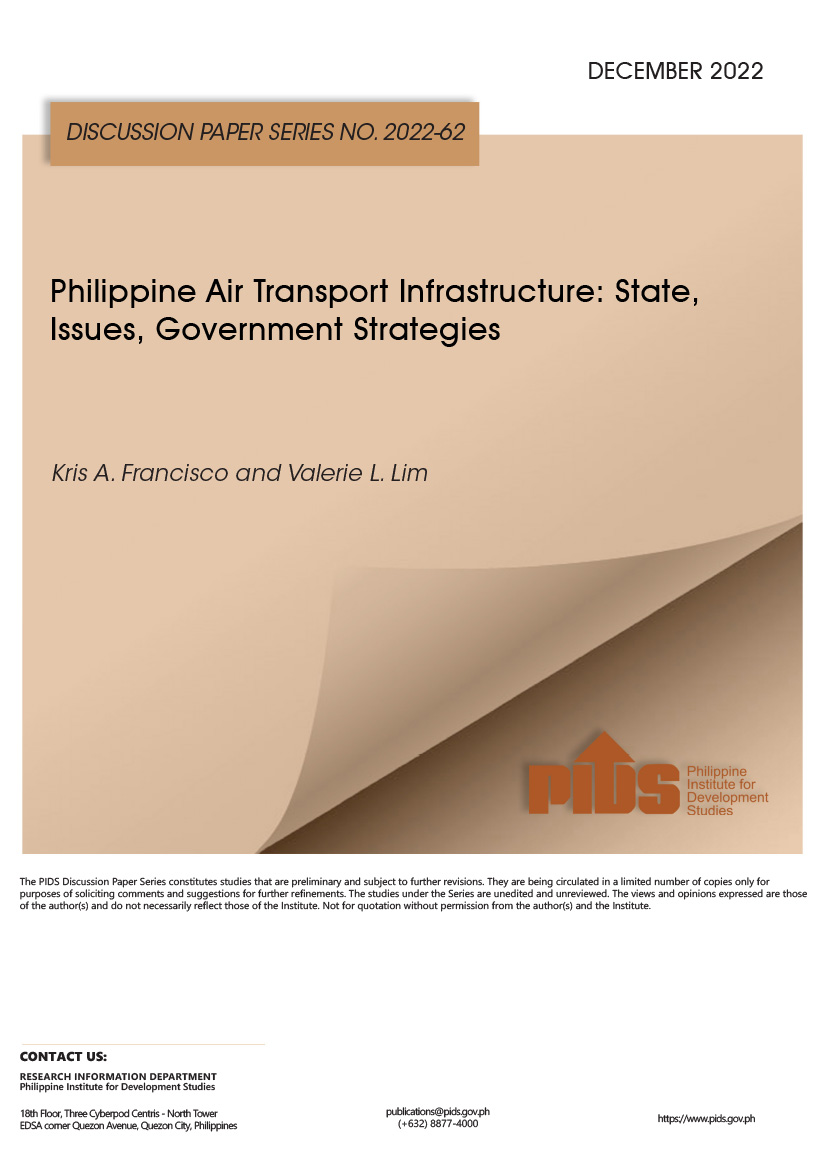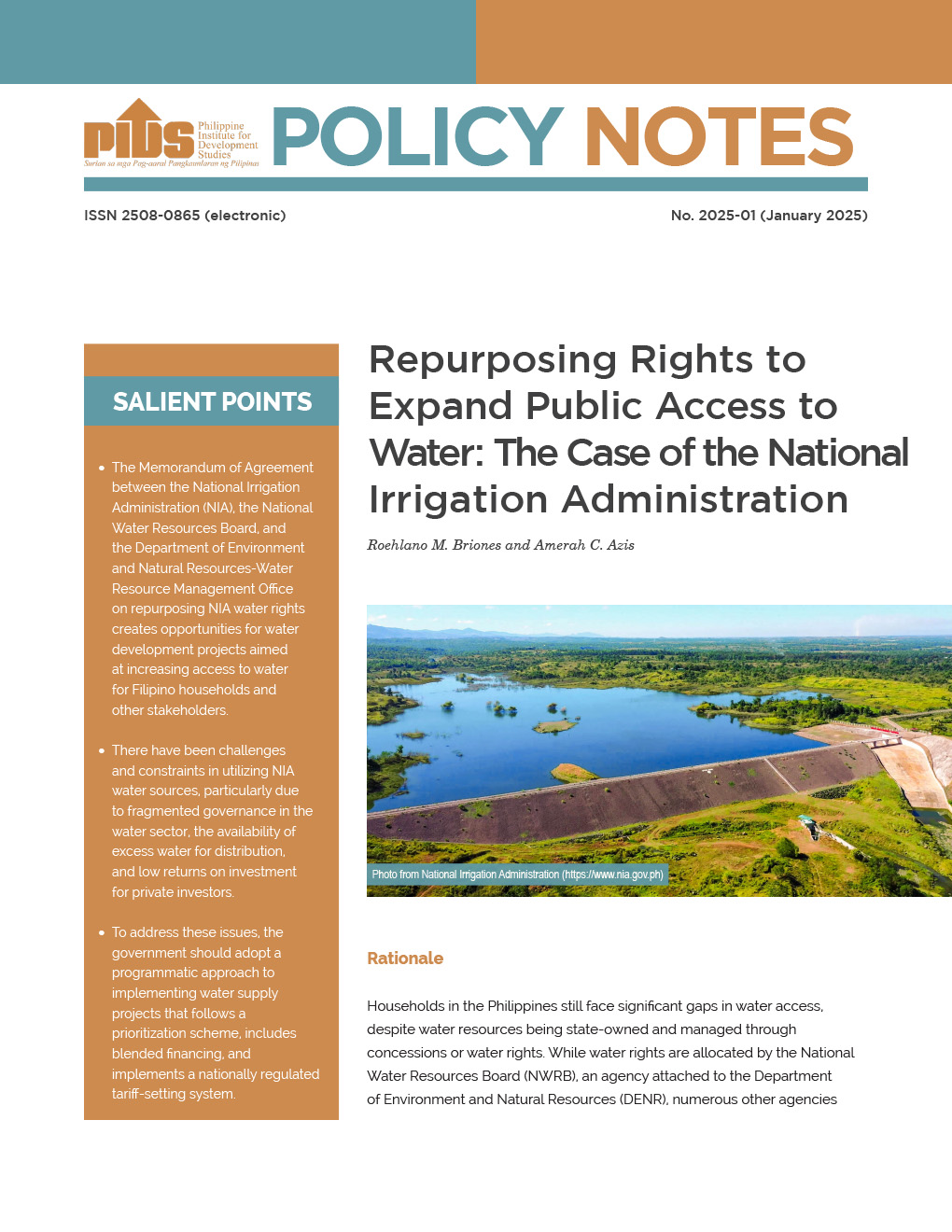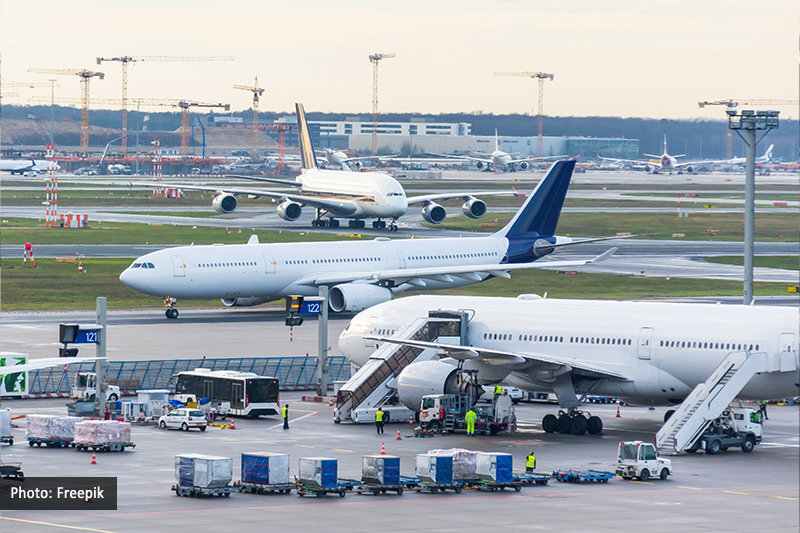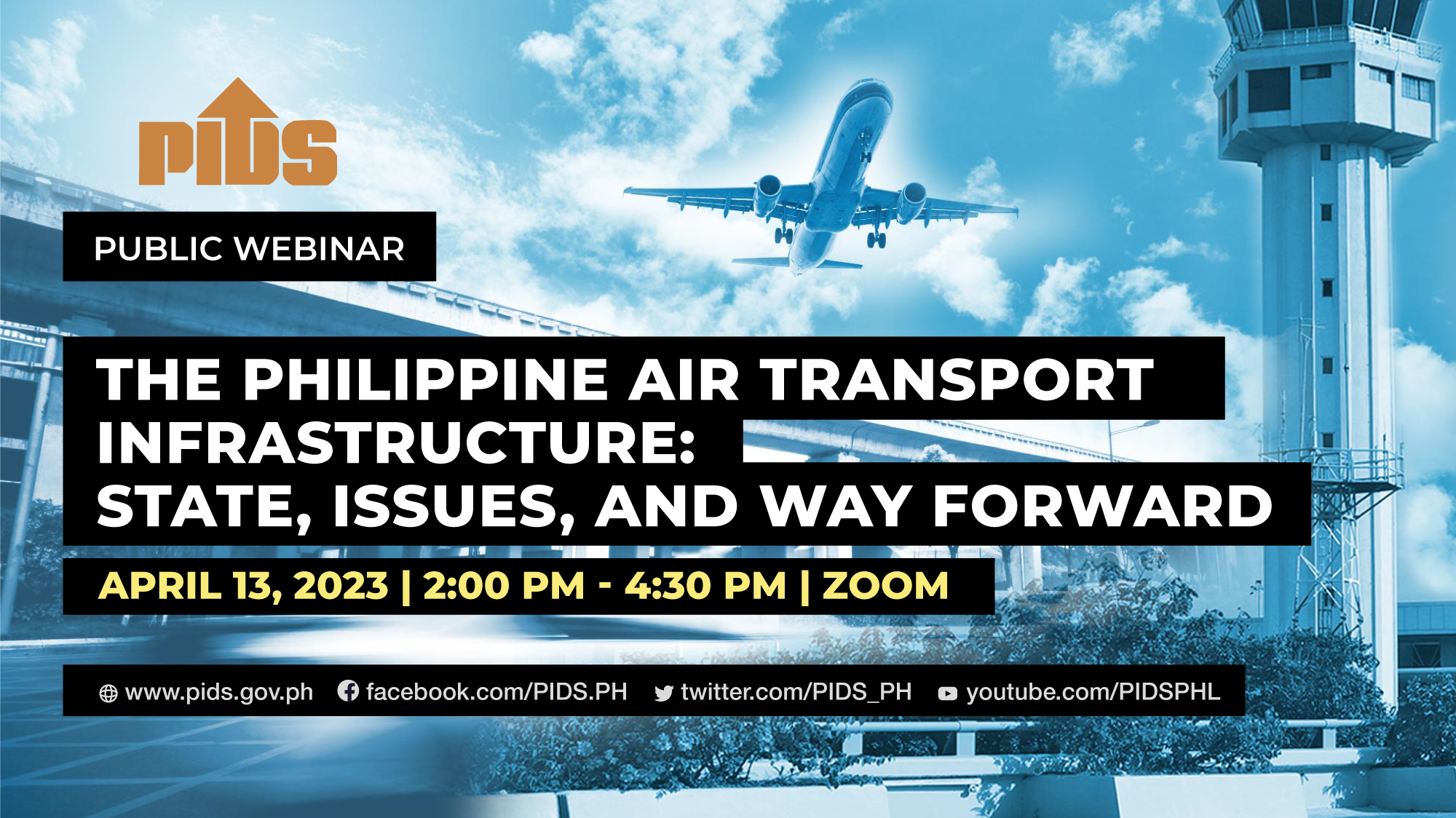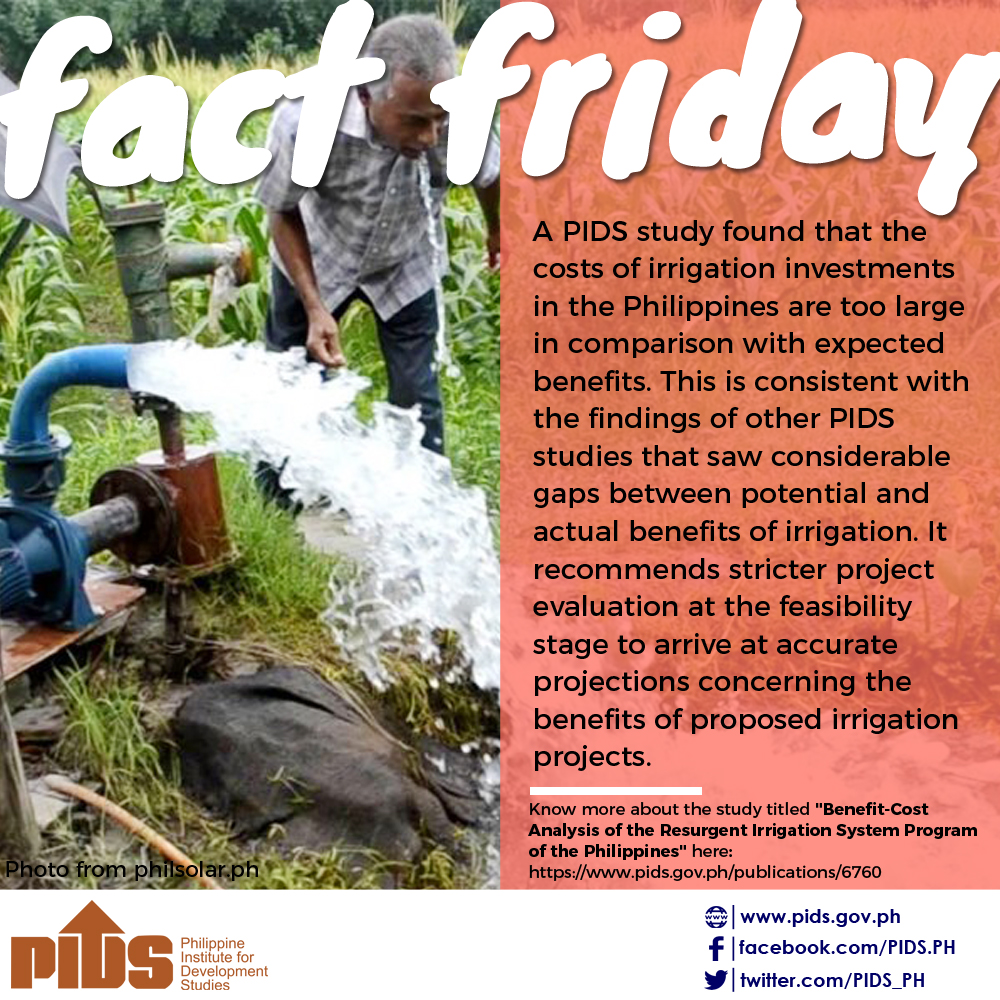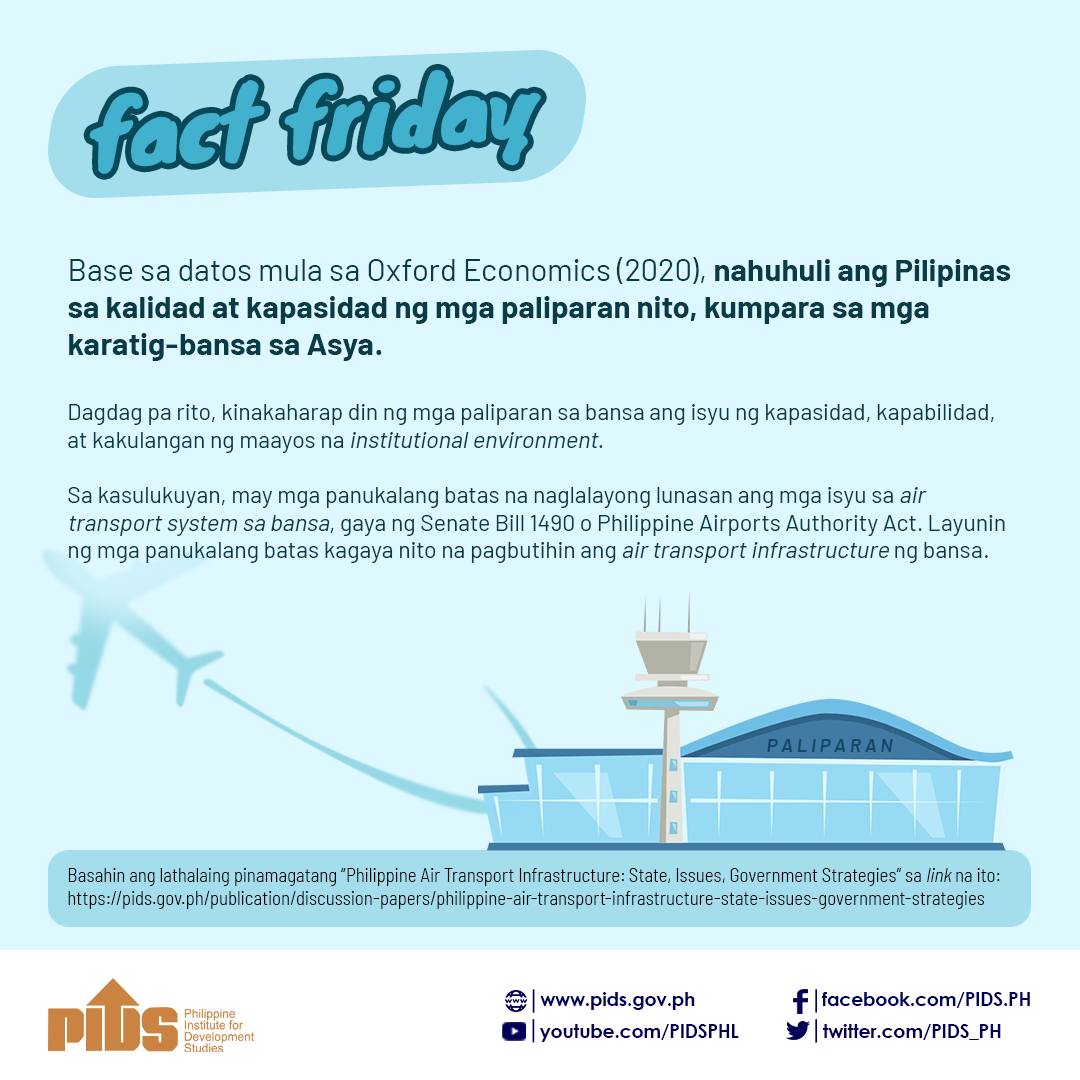
Increased investment in the country's air transport infrastructure is urgently needed to make the air transport sector competitive and capable of meeting the increasing air travel demand.
This was according to a study recently published by state think tank Philippine Institute for Development Studies (PIDS), authored by PIDS Research Fellow Kris Francisco and Research Analyst Valerie Lim. The study assessed the current state of the country’s air transport infrastructure and reviewed government plans and programs for the air transport sector.
“While the government recognizes the need to improve the country’s air transport infrastructure by building new airports and improving existing facilities and technical capabilities, huge investments are needed to catch up with the burgeoning demand for air travel,” the authors said.
Francisco and Lim emphasized that time is crucial in responding to the air transport sector’s “capacity and technical capability constraints”. Based on the projections of Oxford Economics, the Philippines should anticipate a rise of 56 percent in airline passengers in the next eight years. This implies that the country’s airport infrastructure should be able to support 88.3 million people annually.
While the number of airports in the Philippines has increased in the past decade, the air transportation industry continues to face problems that prevent it from advancing.
For instance, Ninoy Aquino International Airport, the country’s busiest airport, cannot handle the growing number of passengers and planes.
The study added that several provincial airports lack night-rating capabilities, restricting airlines’ domestic flights to daytime.
Comparative statistics from Oxford Economics show a significant disparity in the performance and capacity of airports between the Philippines and its neighbors. The Philippines obtained the lowest score for aviation infrastructure, which pertains to “indicators related to flight availability and the quality of hard infrastructure [that] utilized domestic and international flights”.
“Continued investments are essential to not only meet the growing air travel demand but also spur local tourism development further,” the authors said.
Francisco and Lim pointed out that important initiatives must include improvements in the technologies used in the aviation industry to ensure smooth operations and realize air transport’s full potential.
The authors recommended that the government intensify integrated planning for airport infrastructure development and expand air services across the country. They also noted how the government prioritizes solving the air transport problems as stated in the Philippine Development Plan. Strategies include continued modernizing of facilities, strengthening air transportation regulations and protocols, improving coordination of air transport service providers, and implementing an optimal airport system approach for increasing airport capacity.
“Having an efficient air transport infrastructure and an enabling air transport sector is important for a developing country such as the Philippines, where tourism is a major contributor to the economy and a provider of employment opportunities for the population,” the authors said.
This article is based on the PIDS discussion paper titled “Philippine Air Transport Infrastructure: State, Issues, Government Strategies”. ###

